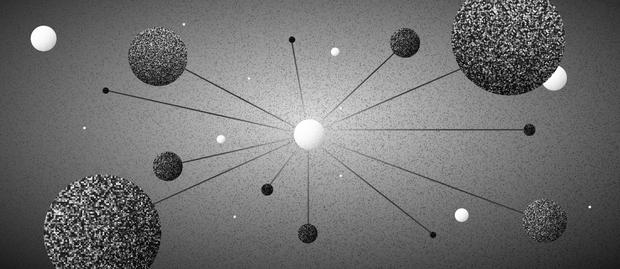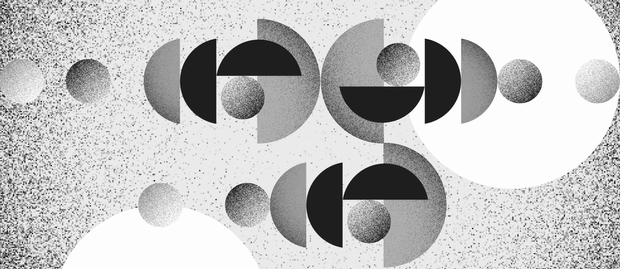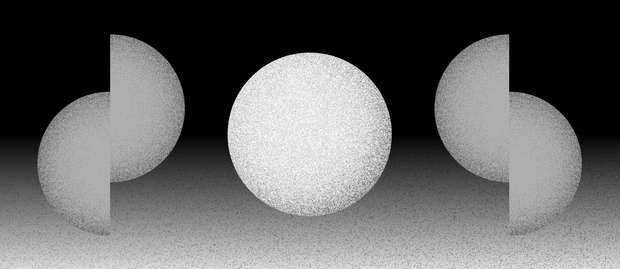The incredible boom of 2021 put crypto art (non-fungible token) at the center of everyone's attention. Record-breaking sales, constant media coverage, and widespread adoption by all kinds of people and organizations – it felt like a whole new way of owning art was here to stay. But things are a little different in the NFT market future.
nft-art Articles
June 17, 2024

6 min read
undefined
Art enthusiasts and market observers, take note! Art Basel and UBS have finally unveiled the highly anticipated Art Market Report 2024. Authored by the esteemed Clare McAndrew, founder of Arts Economics, this annual analysis provides an in-depth review of the international art market.
6 min read
undefined
The art world has adapted and evolved throughout history, and in 2024, galleries are once again looking for new ways to promote artworks among collectors, for example, the Ullens Center for Contemporary Art (UCCA) in Beijing launched a pilot program in March 2021 to fractionalize ownership of artworks by Chinese artists through NFTs. This process allowed a more comprehensive range of collectors to participate in the ownership of valuable pieces while providing the gallery and artists with new revenue streams. While the art galleries’ NFT boom may have subsided, established galleries still consider incorporating non-fungible tokens into their business operations.
6 min read
undefined
While the meteoric rise of NFTs in 2021 captured headlines, 2024 paints a more nuanced picture of the NFT and art market. Gone are the days of frenzied bidding wars and overnight success stories. Instead, the market has undergone a period of consolidation, focusing on long-term value and utility.
8 min read
undefined
Since 2014, when NFTs, also known as non-fungible tokens, first emerged on the digital landscape, these unique digital assets have gradually established themselves as a valuable investment opportunity. By providing a blockchain-based transaction ledger, a unique item linked to the token, and immutable proof of ownership on it, they have revolutionized the way organizations engage their audience in various areas, including art collecting.
7 min read
undefined
While the hype around NFTs may not be as significant as it was a few years ago, these digital assets can still generate thousands, or even hundreds of thousands, of dollars in extra revenue for their creators. This trend is particularly evident in the art industry, which embraced NFTs after the initial backlash decreased, allowing the community to fully realize their true potential.
7 min read
undefined
Nowadays, non-fungible tokens have gradually become a recognized part of the art industry. This new blockchain-based technology provides an immutable proof of ownership and a transparent transaction ledger, ushering in a new age in the history of digital art collecting and opening doors for many individuals who aspire to become creators.
April 18, 2024

6 min read
undefined
Since their emergence, galleries have assisted creators in gaining recognition among potential clients, protecting intellectual property rights, and facilitating deals with collectors. However, with the rise of the digital era, galleries were forced to upgrade their infrastructure in the face of new challenges, although their main objectives remained almost unchanged.
April 18, 2024

7 min read
undefined
In the Web 3.0 age, cutting-edge technological solutions are gradually becoming more popular and finding their way into various fields, including the art industry. One such solution is non-fungible tokens (NFTs), unique assets situated on blockchain. NFTs enable galleries and their affiliated artists to provide proof of ownership for collectors within the digital landscape.
8 min read
undefined
Art exhibitions are an integral space for galleries, visionaries, artists, and collectors to interact with each other. A venue to discover new trends, learn from industry leaders, get inspired by the works of other artists, and, most important, expand their network.
6 min read
undefined
The world of art trade can often seem to run counter to harsh realities like war, inflation, economic downturns, and political crises.







